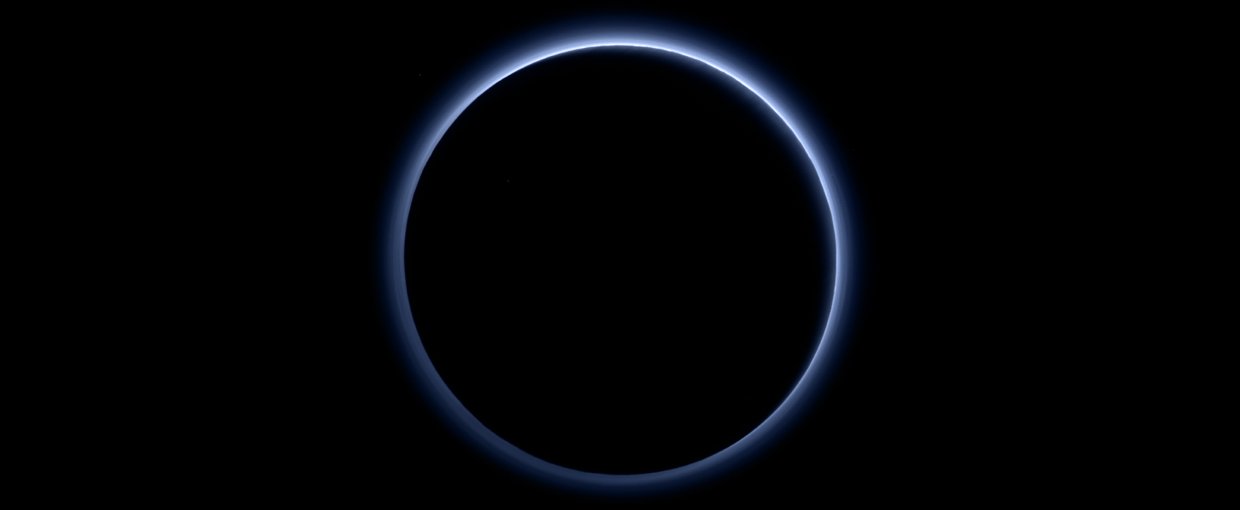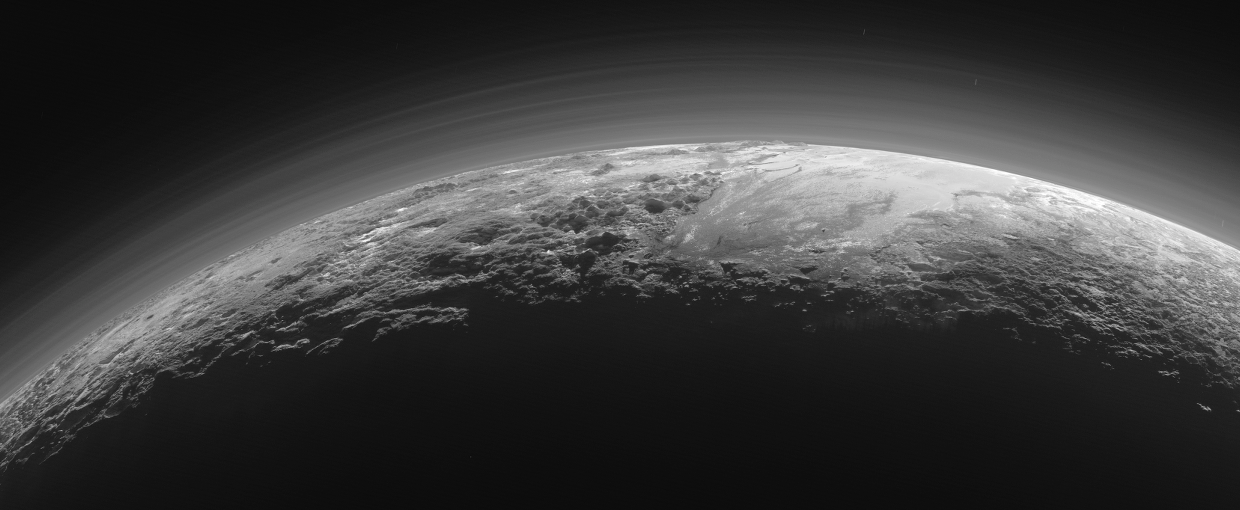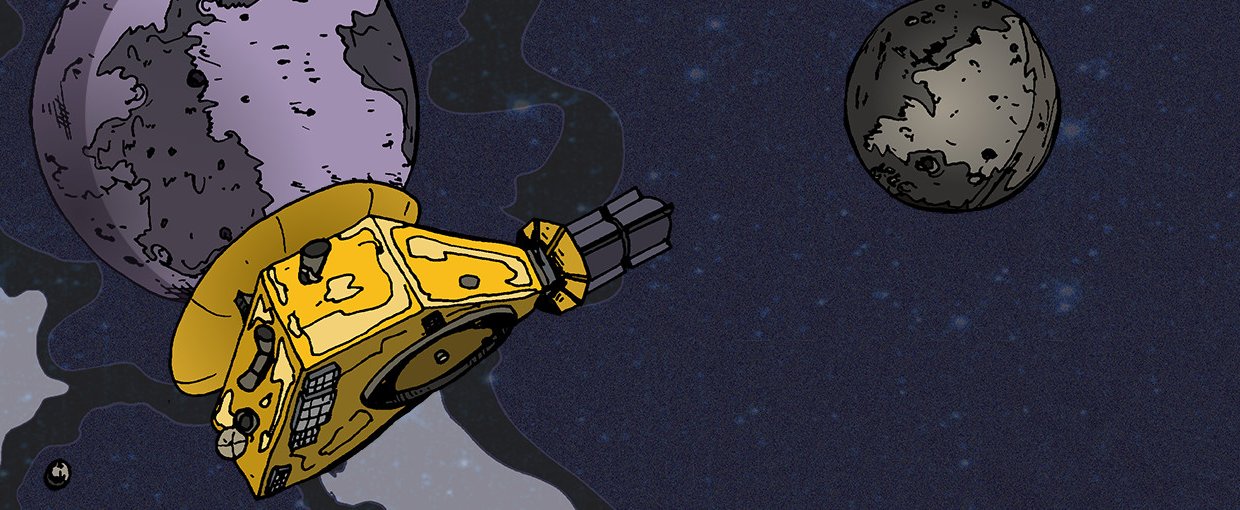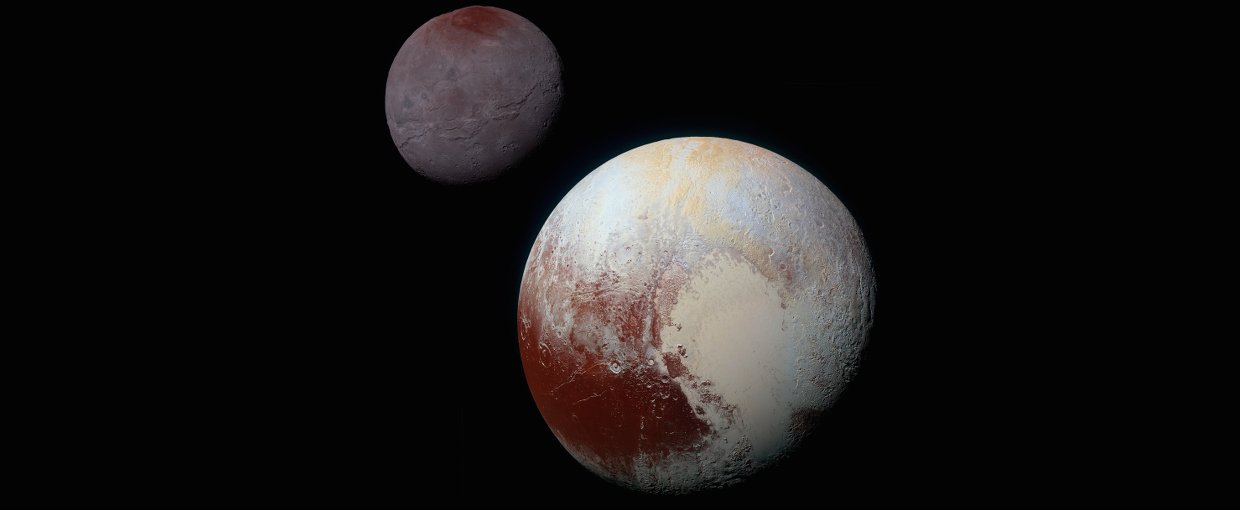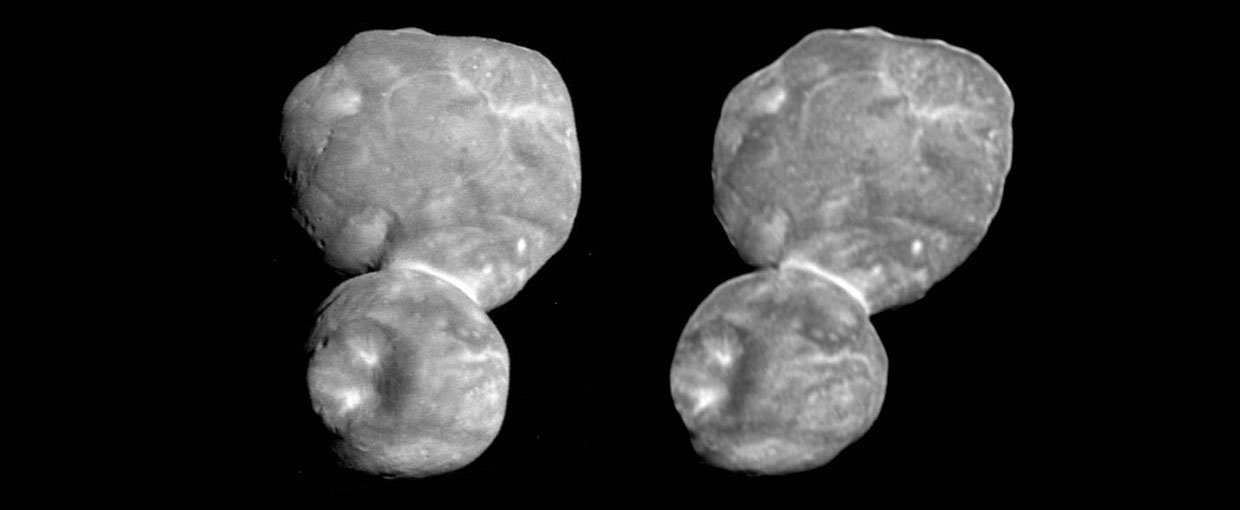
Mission news and discoveries
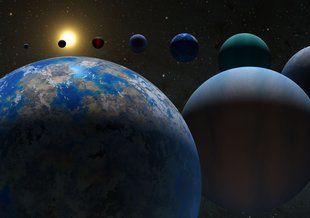
Assessment of NASA’s NExSS Research Coordination NetworkNovember 28, 2023
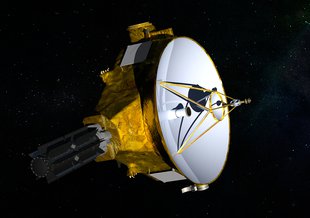
NASA’s New Horizons to Continue Exploring Outer Solar System (NASA)October 03, 2023

Save the Date: Josep Comas i Sola International Summer School in AstrobiologyJanuary 11, 2023

NASA’s New Horizons Reaches a Rare Space MilestoneMay 05, 2021

NASA’s New Horizons Reaches a Rare Space MilestoneApril 15, 2021

A Piece of a Pluto-Like ExoplanetMarch 25, 2021

Second Community Announcement: Advance Notice Regarding New Frontiers 5 (NF5) Announcement of OpportunityNovember 06, 2020
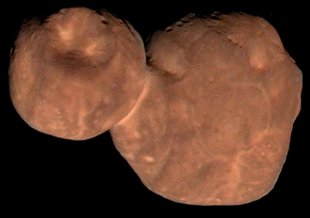
New Horizons Team Uncovers a Critical Piece of the Planetary Formation PuzzleFebruary 26, 2020
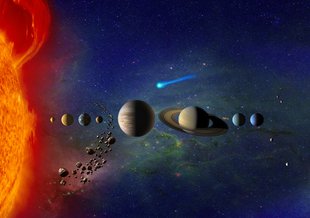
Apply for "The PI Launchpad: From Science Idea to NASA Mission"September 25, 2019

ExoClimes V Presentations Now Available On-Demand!September 09, 2019

Debris from the early Solar SystemAugust 15, 2019
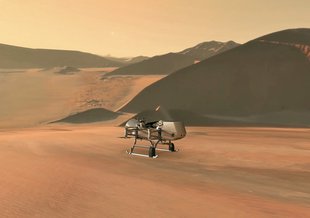
NASA Selects Flying Mission to Study Titan for Origins, Signs of LifeJune 27, 2019

New Planetary Protection Board to Review Guidelines for Future Solar System and Beyond ExplorationApril 24, 2019

Ultima Thule in 3DMarch 12, 2019

Community Pluto Follow-On Missions White Paper AvailableApril 14, 2018
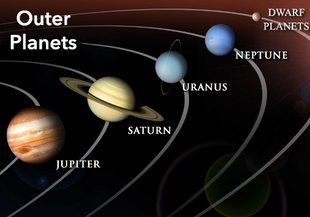
Outer Planets Assesment Group (OPAG) FindingsMarch 22, 2018

Gravity Assist: The Kuiper Belt with Alan SternFebruary 06, 2018
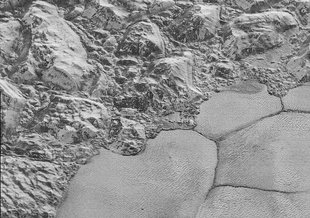
Does Pluto Have The Ingredients For Life?February 28, 2017

New Horizons Flyby Gives Opportunity to Revisit Speculations About Water, Nature of PlutoJuly 13, 2015
